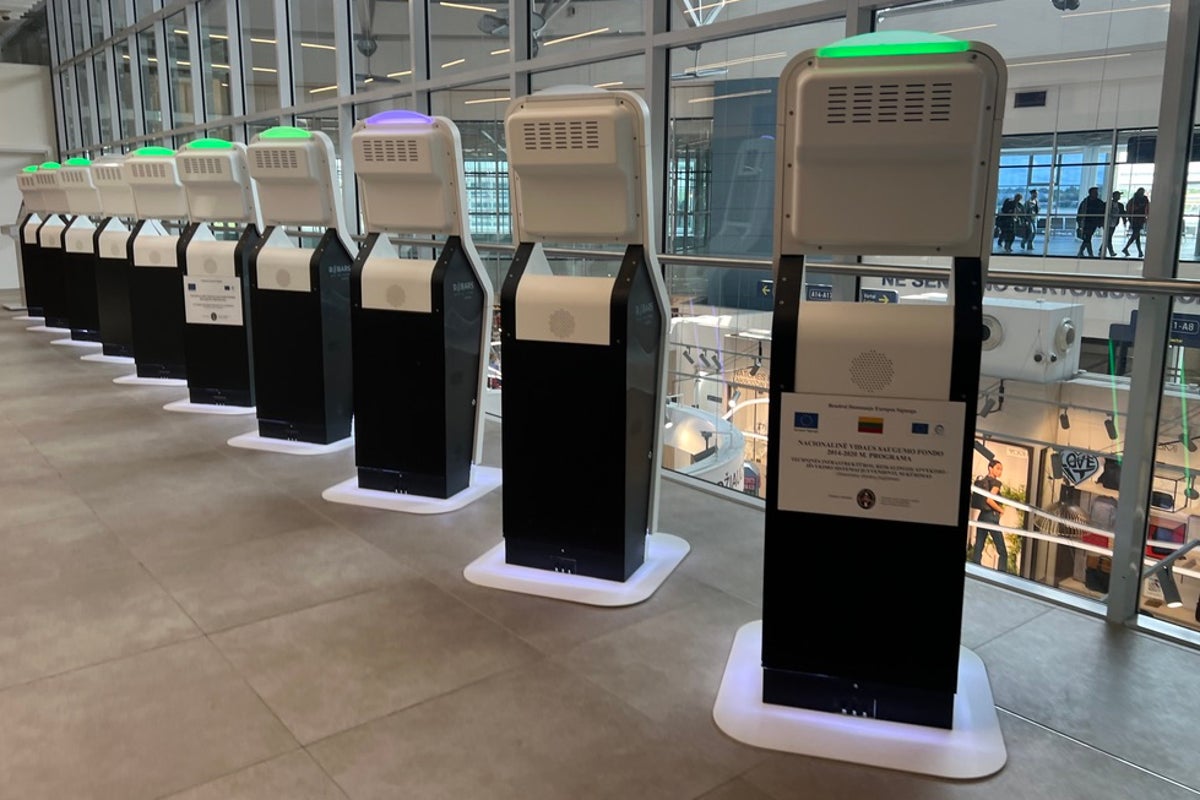Introduction to the New Entry-Exit System
Europe is set to implement its long-awaited Entry-Exit System (EES) on 12 October this year, marking a significant shift in how non-EU travelers, including those from the UK, are processed at border crossings. The EES aims to digitize the monitoring of international visitors by connecting all Schengen area frontiers to a central database. This initiative will enhance security and streamline the management of stays for non-EU citizens, particularly those who are allowed a maximum of 90 days within any 180-day period.
Impact on UK Travelers
For British passport holders planning trips during the October half-term holidays, the new system means they will need to provide fingerprints and facial biometrics when crossing into the EU. Initially, the EU had planned a “big bang” rollout across the entire Schengen area, from the Arctic to the Canary Islands. However, due to delays, the system will be implemented in a phased manner over the first six months, resulting in what some have called “border roulette.” During this time, some border checkpoints will require biometric data, while others will continue to operate using traditional methods.
This gradual implementation adds more bureaucratic steps for UK travelers compared to the current process. Even when biometrics are collected at EES-compliant border posts, passports will still be manually checked and stamped until the full roll-out is completed after 180 days.
Etias: The Euro-Visa Scheme
In addition to the EES, the European Union has confirmed that the European Travel Information and Authorisation System (Etias) will become operational between October and December 2026. Etias is often referred to as the “euro-visa,” and it will require travelers from visa-free countries, including the UK, to apply for an electronic authorization before visiting the EU.
The initial cost of the Etias permit, which is valid for three years, was set at €7. However, the EU has now increased the fee to €20 for applications submitted through the official Etias website. Certain groups, such as individuals under 18 or over 70, family members of EU citizens, and those with the right to move freely within the EU, will be exempt from paying the fee.
Key Details About the EES
The EES system will collect and store four fingerprints and a facial image for each traveler. Children under the age of 12 will not be required to provide fingerprints. Once the EES is fully operational, preparations will begin for the Etias scheme, which will further enhance the security and efficiency of travel within the EU.
According to updated EU documents from eu-LISA, the agency responsible for managing the EES, the system will officially start on 12 October 2025. The phased implementation will continue until 9 April 2026, after which the EES will be fully functional at all external border crossings in the EU.
Ongoing Updates and Information
Travelers can find more information about the EES on its official homepage, which states the start date clearly. The Frequently Asked Questions page also provides details about the phased rollout and the timeline for full implementation. These updates ensure that travelers are kept informed as the system transitions to a more digital and secure approach.
Conclusion
As the EES and Etias systems take shape, UK travelers should prepare for additional steps when entering the EU. While these changes may seem complex, they are designed to improve security, manage visitor flows, and support the overall integrity of the Schengen area. Staying informed and understanding the requirements will help travelers navigate the new processes smoothly.



